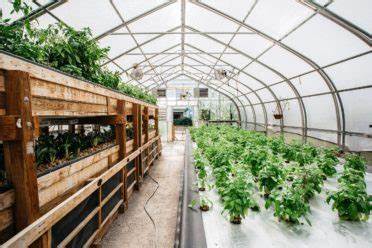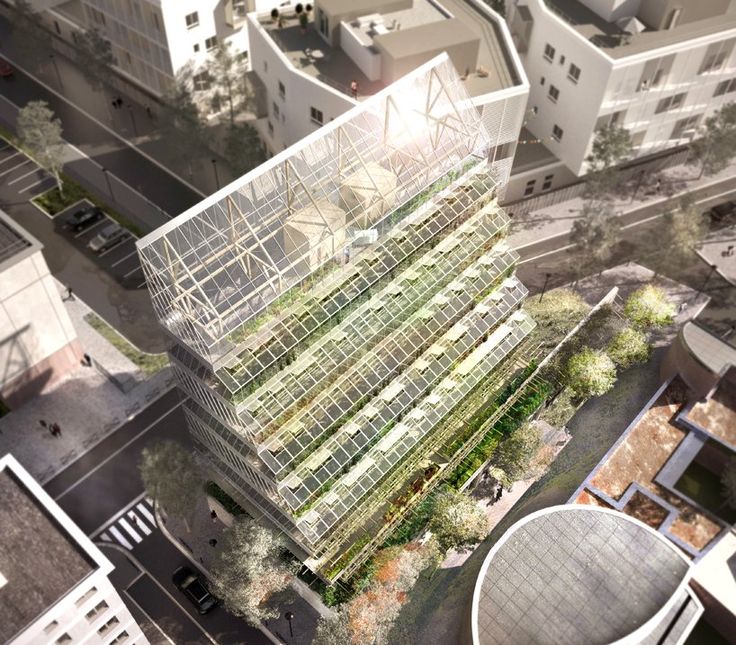
Vertical Farming: Reviving Abandoned Urban Spaces for Sustainable Food Production
Introduction
The innovative approach of Vertical Farming and the Revival of Abandoned Urban Spaces addresses the challenges of urban food production and urban decay. This article aims to explore the relevance and importance of this topic in creating sustainable and resilient cities.
Historical Background
Vertical Farming emerged as a solution to address the increasing urbanization and limited agricultural land. Simultaneously, urban decay became a pressing issue due to abandoned and underutilized urban spaces. The need for urban revitalization became evident, making Vertical Farming a viable solution to transform these spaces into productive agricultural areas.
Key Concepts and Definitions
Vertical Farming refers to cultivating crops in vertically stacked layers, utilizing artificial lighting and controlled environments to optimize growth. This method maximizes space utilization and minimizes resource consumption. Abandoned urban spaces are vacant or neglected areas within urban environments that can be repurposed for various functions, including vertical farming.
Benefits of Vertical Farming in Abandoned Urban Spaces
Increased food production in urban areas: Vertical farming allows for year-round cultivation, increasing the availability of fresh produce in urban centers and reducing dependence on distant rural farms.
Efficient use of limited space: By utilizing vertical space, vertical farms can produce significantly more crops per square foot compared to traditional farming methods.
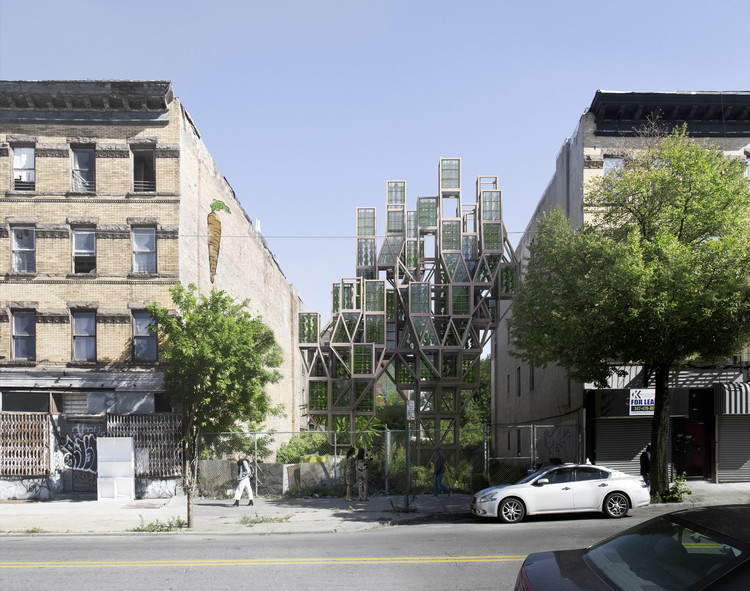
Reduced transportation costs and carbon footprint: With crops grown locally in urban areas, the need for long-distance transportation is minimized, resulting in reduced emissions and carbon footprint.
Urban Revitalization through Vertical Farming
Transforming unused buildings into productive spaces: Abandoned buildings can be repurposed as vertical farms, breathing new life into neglected structures and revitalizing the surrounding areas.
Creating jobs and economic opportunities: Vertical farming projects generate employment opportunities in various fields, fostering economic growth within communities.
Improving community health and well-being: Access to locally grown, nutritious food enhances community health and well-being, reducing the prevalence of food deserts and promoting healthy eating habits.
Case Studies or Examples
The Plant Chicago project transformed an old meatpacking plant into a sustainable vertical farm, demonstrating the successful repurposing of industrial spaces for urban agriculture.
Gotham Greens utilizes abandoned rooftop spaces in New York City, creating a network of high-tech, climate-controlled greenhouses that reduce the city’s reliance on imported produce.
Current Trends or Developments
Recent advancements in vertical farming technology have improved the efficiency and productivity of vertical farms.
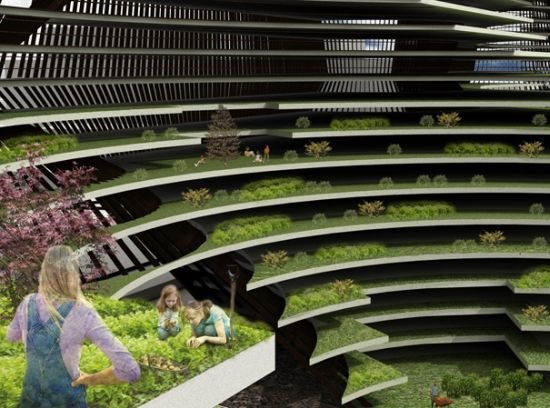
Integration of renewable energy sources in vertical farms reduces carbon footprint and increases sustainability.
Urban farming initiatives are gaining momentum worldwide, enhancing food security and creating locally sourced, fresh produce.
Challenges or Controversies
Concerns about energy consumption and sustainability: Finding sustainable energy solutions and optimizing resource use is crucial to address concerns about vertical farming’s environmental impact.
Criticisms regarding scalability and economic viability: Innovations in technology and business models are necessary to overcome challenges related to vertical farming on a large scale.
Controversies surrounding land use and gentrification: Inclusive and socially responsible urban revitalization projects are necessary to address debates about land use, gentrification, and community displacement.
Future Outlook
Vertical farming has the potential to become a mainstream solution for urban food production, contributing to a more sustainable and resilient future.
Integration of vertical farming with smart cities and sustainable urban planning can create more sustainable and efficient urban environments.
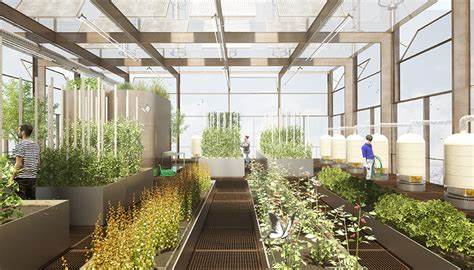
Continued research and development in vertical farming technologies aims to enhance the efficiency, productivity, and sustainability of vertical farming.
References
Despommier, D. (2010). The vertical farm: Feeding the world in the 21st century. Macmillan.
Specht, K., Siebert, R., Hartmann, I., Freisinger, U. B., Sawicka, M., & Werner, A. (2014). Urban agriculture of the future: An overview of sustainability aspects of food production in and on buildings. Agriculture and Human Values, 31(1), 33-51.
Sanyé-Mengual, E., Orsini, F., Oliver-Solà, J., Rieradevall, J., Montero, J. I., & Gianquinto, G. (2015). Techniques and crops for efficient rooftop gardens in Bologna, Italy. Agronomy for Sustainable Development, 35(1), 365-376.




